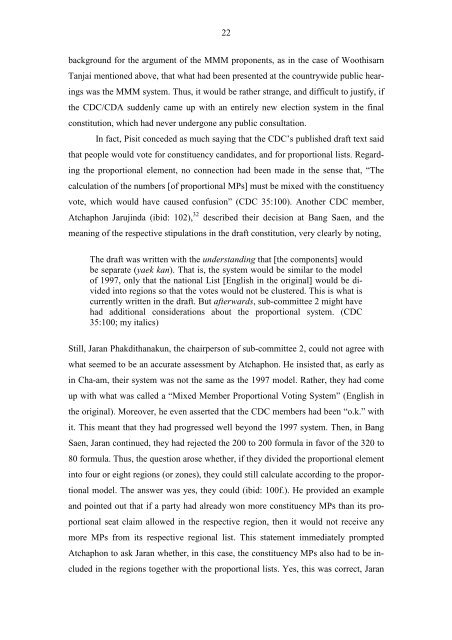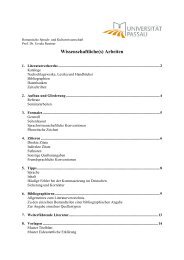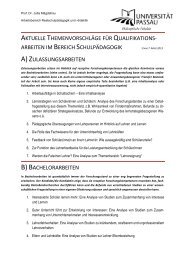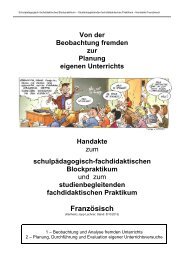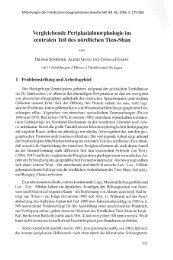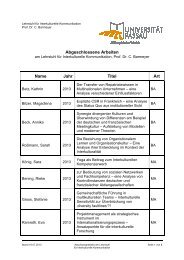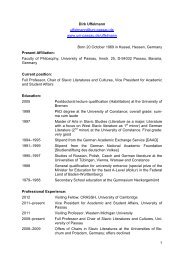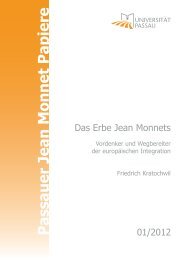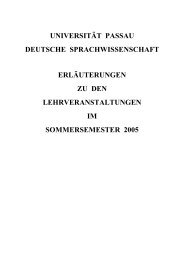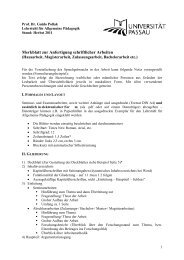The attempt to adopt a mixed-member proportional election system ...
The attempt to adopt a mixed-member proportional election system ...
The attempt to adopt a mixed-member proportional election system ...
You also want an ePaper? Increase the reach of your titles
YUMPU automatically turns print PDFs into web optimized ePapers that Google loves.
22<br />
background for the argument of the MMM proponents, as in the case of Woothisarn<br />
Tanjai mentioned above, that what had been presented at the countrywide public hearings<br />
was the MMM <strong>system</strong>. Thus, it would be rather strange, and difficult <strong>to</strong> justify, if<br />
the CDC/CDA suddenly came up with an entirely new <strong>election</strong> <strong>system</strong> in the final<br />
constitution, which had never undergone any public consultation.<br />
In fact, Pisit conceded as much saying that the CDC’s published draft text said<br />
that people would vote for constituency candidates, and for <strong>proportional</strong> lists. Regarding<br />
the <strong>proportional</strong> element, no connection had been made in the sense that, “<strong>The</strong><br />
calculation of the numbers [of <strong>proportional</strong> MPs] must be <strong>mixed</strong> with the constituency<br />
vote, which would have caused confusion” (CDC 35:100). Another CDC <strong>member</strong>,<br />
Atchaphon Jarujinda (ibid: 102), 32 described their decision at Bang Saen, and the<br />
meaning of the respective stipulations in the draft constitution, very clearly by noting,<br />
<strong>The</strong> draft was written with the understanding that [the components] would<br />
be separate (yaek kan). That is, the <strong>system</strong> would be similar <strong>to</strong> the model<br />
of 1997, only that the national List [English in the original] would be divided<br />
in<strong>to</strong> regions so that the votes would not be clustered. This is what is<br />
currently written in the draft. But afterwards, sub-committee 2 might have<br />
had additional considerations about the <strong>proportional</strong> <strong>system</strong>. (CDC<br />
35:100; my italics)<br />
Still, Jaran Phakdithanakun, the chairperson of sub-committee 2, could not agree with<br />
what seemed <strong>to</strong> be an accurate assessment by Atchaphon. He insisted that, as early as<br />
in Cha-am, their <strong>system</strong> was not the same as the 1997 model. Rather, they had come<br />
up with what was called a “Mixed Member Proportional Voting System” (English in<br />
the original). Moreover, he even asserted that the CDC <strong>member</strong>s had been “o.k.” with<br />
it. This meant that they had progressed well beyond the 1997 <strong>system</strong>. <strong>The</strong>n, in Bang<br />
Saen, Jaran continued, they had rejected the 200 <strong>to</strong> 200 formula in favor of the 320 <strong>to</strong><br />
80 formula. Thus, the question arose whether, if they divided the <strong>proportional</strong> element<br />
in<strong>to</strong> four or eight regions (or zones), they could still calculate according <strong>to</strong> the <strong>proportional</strong><br />
model. <strong>The</strong> answer was yes, they could (ibid: 100f.). He provided an example<br />
and pointed out that if a party had already won more constituency MPs than its <strong>proportional</strong><br />
seat claim allowed in the respective region, then it would not receive any<br />
more MPs from its respective regional list. This statement immediately prompted<br />
Atchaphon <strong>to</strong> ask Jaran whether, in this case, the constituency MPs also had <strong>to</strong> be included<br />
in the regions <strong>to</strong>gether with the <strong>proportional</strong> lists. Yes, this was correct, Jaran


